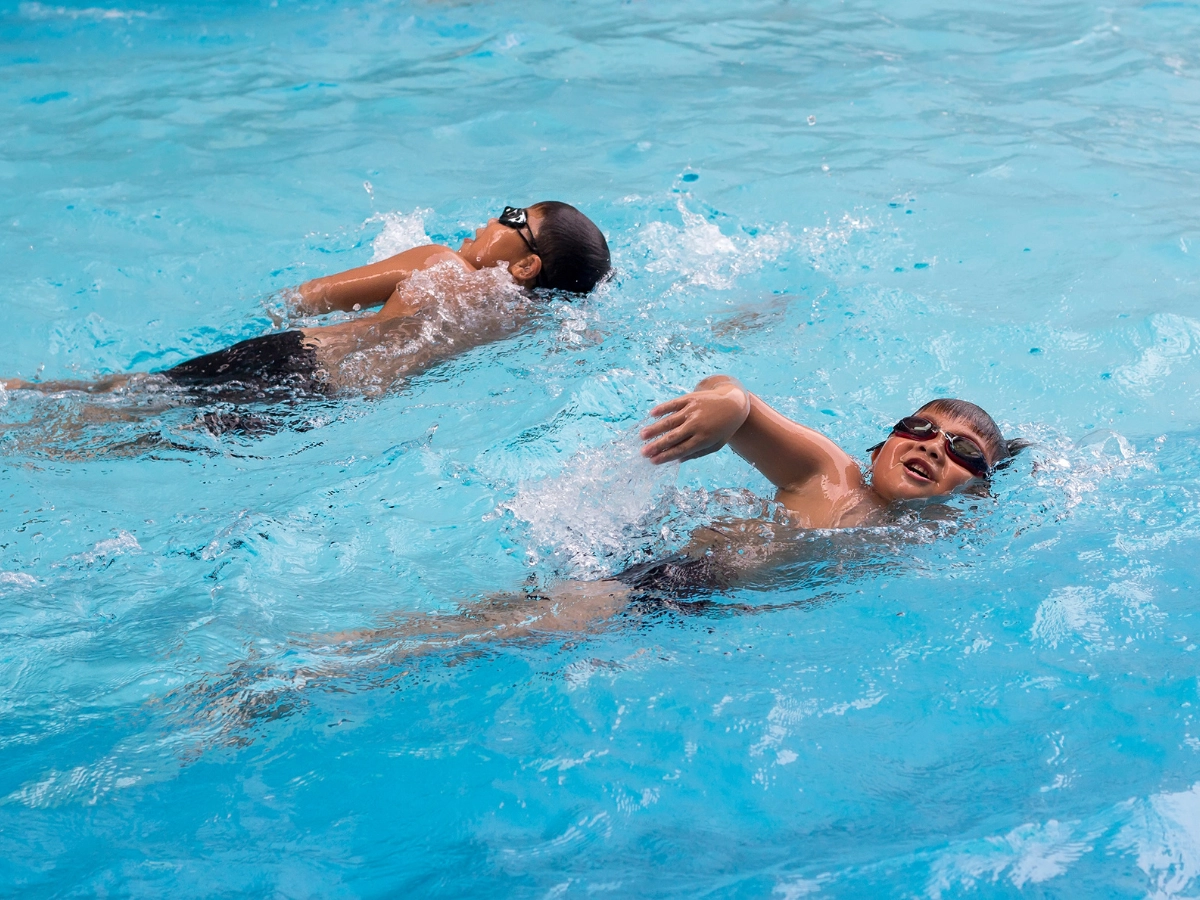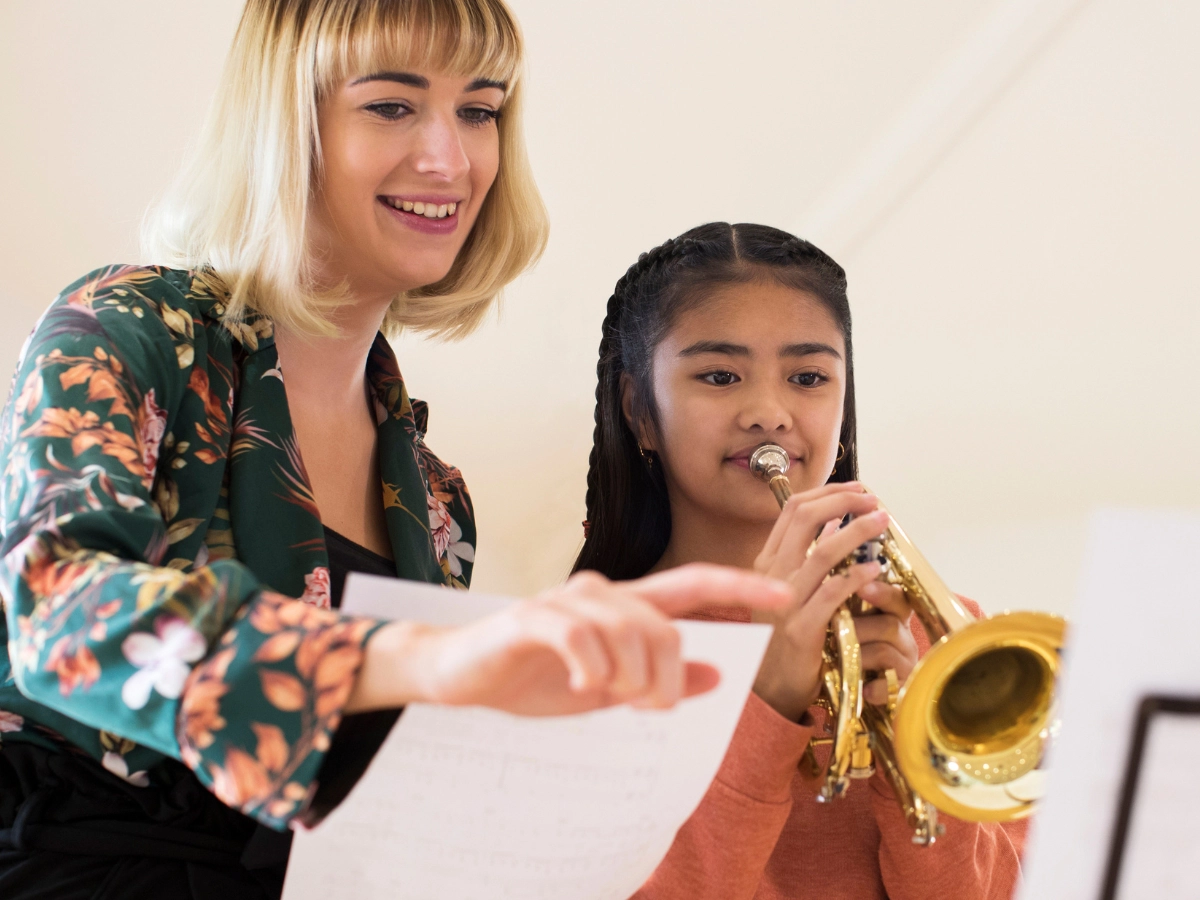We all know that the dance studio isn’t the classroom but both are teaching/learning environments and there are things that dance instructors can borrow from their classroom counterparts.
The biggest difference in the two environments, according to the Dance-Teacher.com article that we used as a resource for this article, is that the students in the dance studio generally want to be there. However, even with this important difference, dance instructors still need strong classroom management skills and compelling incentives.
Elisabeth Gosselin, who teaches at Harlem Success Academy in New York City, shares some advice in the article “10 Lessons Studio Teachers Can Borrow from the Classroom”. She notes that for any good teacher – regardless of what they are teaching – the key to running a smooth classroom is setting high expectations for behavior and performance, giving explicit and direct instructions and being consistent with consequences. The difference in instilling this in the private studio is that parents may have different expectations of instructors than they might with teachers in public school.
For the kids, the experiences can be very similar. In fact, it might be beneficial to them for the learning strategies to echo one another. It could actually heighten learning in both places because of the continuity and repetitiveness of the learning processes. It is even a good idea to build off of what your students are studying in school. The example used in the Dancer-Teacher.com article is incorporating an Ant Dance into class after learning how excited a couple of students were over the ants they were studying in school. This is pretty simply to do if you’re communicating with your students on a personal level.
So what are the “10 Lessons Studio Teachers Can Borrow from the Classroom”?
#1 – The Power of Planning
Not every dance teacher teaches from a set curriculum but it helps you to organize your classes if you do. Everything from making sure that your barre work aligns with your center work, to building your exercises across the floor on your warm-ups. You can be more organized and get more done in class and your students benefit because the components of their class work together so that they can be engaged in taking their movements to the next level.
This also gives you a historical accounting or a record of your classes and a framework for charting the progress of your students. And that can help when it’s time to talk to parents about when their students need to (or don’t need to) move to the next level class.
#2 – Word Walls and Charts
Seeing dance vocabulary will help your students become more familiar with terminology that they continue to hear lesson after lesson. This can be something permanent for more general terminology or temporary word walls (made from sticky paper) noting terminology specific to something they are learning or rehearsing that day.
#3 – Freeze Frame
Kids have different energy levels and some require more management than others. Often classroom teachers use signals with drums or bells to signal that students should freeze. This can have tremendous value in the studio as it does in the classroom. Get creative with it. You can even have a series of sounds that require that dancers take a variety of actions.
You may use this to stop everyone while you help a student with something specific, to get a routine that has gone awry back in sync or to provide a moment of silence so you can provide additional instruction.
#4 – Spatial Awareness
This is a concept that carries over very well into the dance studio because it is critical that dancers be aware of where they are on the dance floor and where everyone else is on the floor. Using space bubbles, students can visualize a contracting and expanding space around them and why we need to be aware of what size our space bubble should be. Because this helps dancers learn how to keep from bumping into each other, it also makes the floor a safer space.
#5 – Silent Signals
By using the American Sign Language gesture for “respect” teachers in both classrooms and studios can create an atmosphere of respect. This gesture signals for everyone to remember to respect themselves as learners, to respect others, their teachers and that they need to respect ideas. In neither the classroom nor the dance studio does ridicule of any kinds have a place.
Such signals can be used in class for specific needs so that disruptions are minimized. Needs such as going to the restroom, can be requested, approved and done with simple signals and nods.
#6 – Drawing Out Shy Dancers
Shy dancers can be brought out with simple games that help them to overcome self-consciousness. If you keep their range of motion limited, they gain confidence as the range of motion increases. Start silly small with the motions and work up to gigantic. Feeling embarrassed by doing the tiny motions wrong is practically eliminated by the silliness of the game. As they progress to bigger movements, they get better at it and gain confidence by the time they’re doing the gigantic movements.
#7 – Changing Places
Keep dancers from staking claim to turf in the classroom. If you notice, your students will unintentionally go to the same space to wait for their turn for floor activities or will go to the same place at the barre when asked to line up for barre exercises. Establish a changing places rule or game so that no turfs can be established (and defended). This also eliminates any opportunity to cliques to establish themselves in your classes.
You can do this automatically when changing activities or have a sound or phrase that signals this to be done.
#8 – Positive Narration
Speak in the positive. Tell students what to do instead of what not to do. This helps to turn the negativity of a correction into positive encouragement. This works well with younger dancers, and encourages them when you do things like call out specific names and what they are doing well.
#9 – Special Tasks
Create special duties that dancers can do in the class: entrance monitors, show inspectors, and DJs…
This gives the students responsibilities and can even help sometimes difficult students to focus.
This can also help you as the instructor keep a student-centered approach and engage students individually, in pairs, small groups and as a class.
#10 – Learning Styles
Your classes will have students who learn in certain ways. They may be visual, auditory or kinesthetic learners. You can improve the learning atmosphere in the studio by grouping the students with similar learning experiences together and then working with each group using the style that fits the way they learn.
Read the original article. There are more details associated with each of the 10 lessons summarized above.
“10 Lessons Studio Teachers Can Borrow from the Classroom” was posted by Mary Ellen Hunt on August 1, 2014, Dance-Teacher.com














